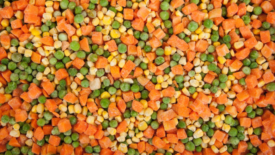Home » Keywords: » RTE foods
Items Tagged with 'RTE foods'
ARTICLES
Reformulation Challenges with Functional Ingredients in Packaged Meat Products
Sodium alternatives for packaged meat products face challenges with reformulation, shelf life, and food safety and quality
April 19, 2022
Never miss the latest news and trends driving the food safety industry
eNewsletter | Website | eMagazine
JOIN TODAY!Copyright ©2025. All Rights Reserved BNP Media.
Design, CMS, Hosting & Web Development :: ePublishing




